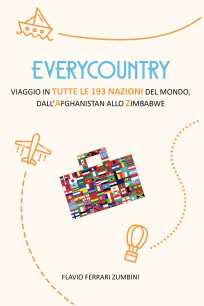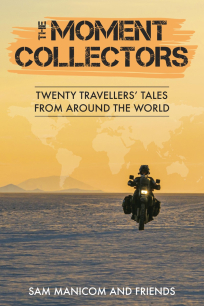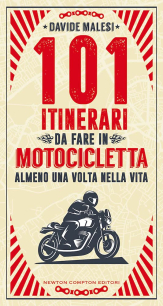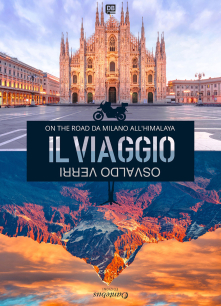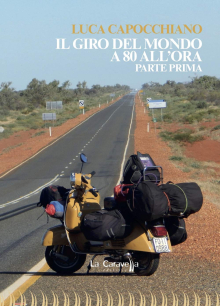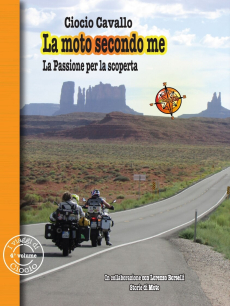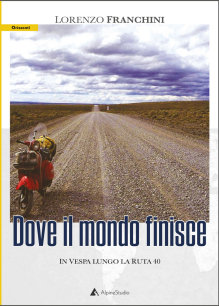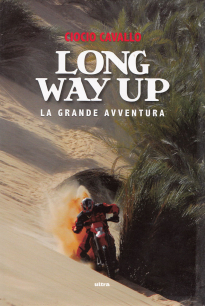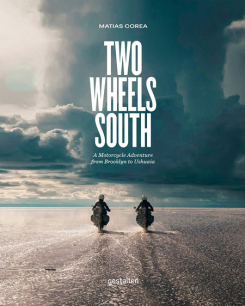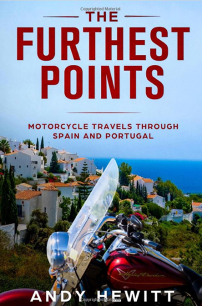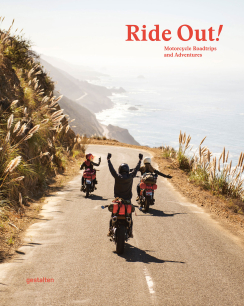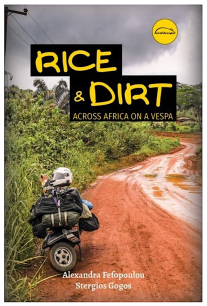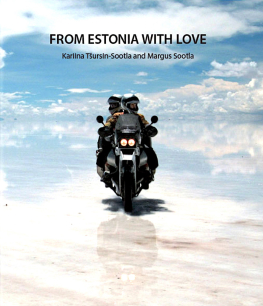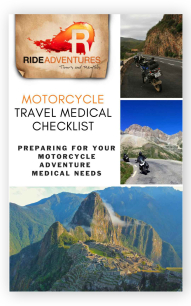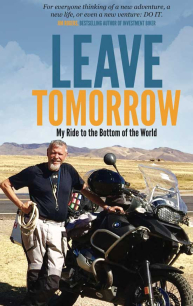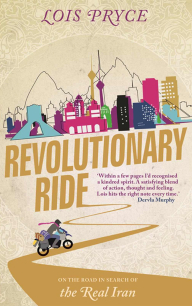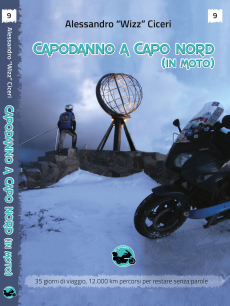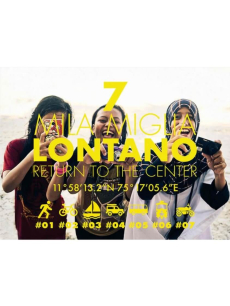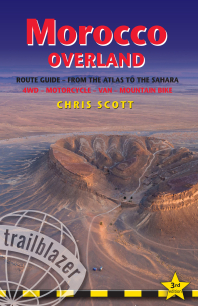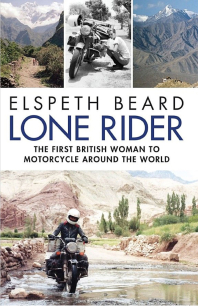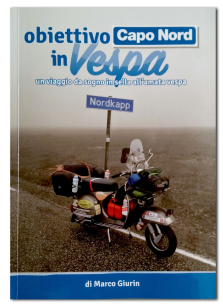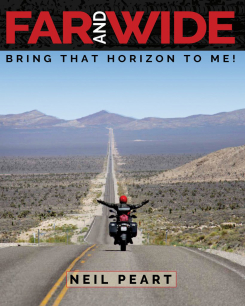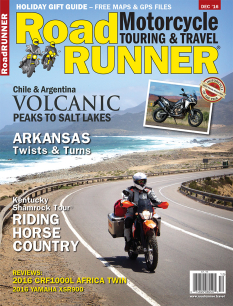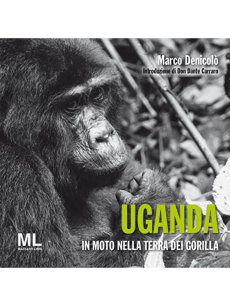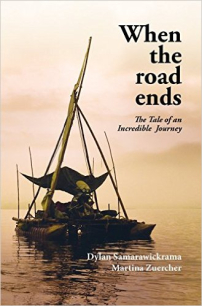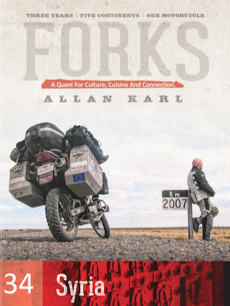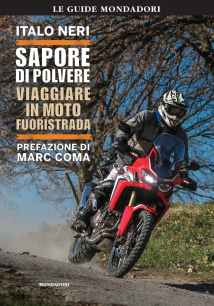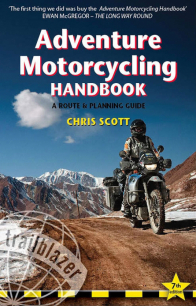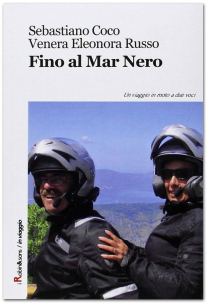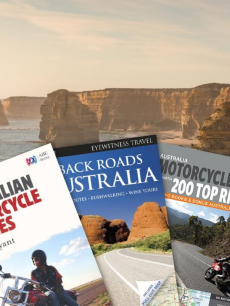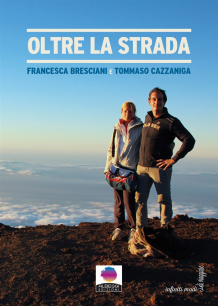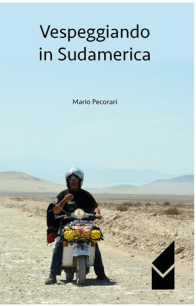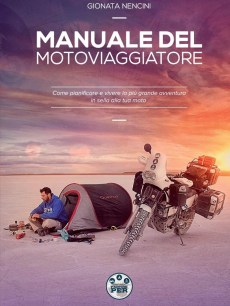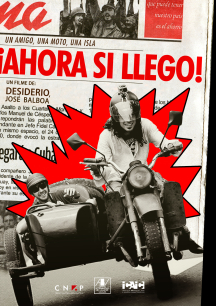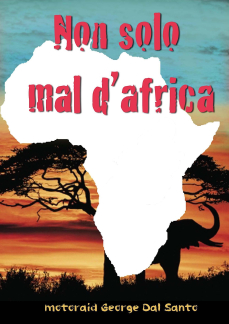
Details
Title: Non Solo Mal d'Africa
Author: Georges Dal Santo
Number of Pages: 192
Release date: 2012
Publisher: CGE
Language: Italian
Price: €15.00 online.
A practical point of view on how to tackle a motorcycle trip through Africa.
BY GEORGES DAL SANTO
This is the third travel book by Georges Dal Santo, a keen traveller born in Belgium but with roots in Vicenza, who passed away last year.
In its pages, he describes his solo tour across this mysterious continent in the saddle of a 1986 BMW K75. The result is an original, raw and vivid description of a difficult land, full of contrasts, parts of which are ruled by chaos and anarchy.
If you’re looking for one of those travel books which can make you fall in love with a land from the very first line, rich in idyllic descriptions and life-changing encounters… well, perhaps you’d better keep looking.
If, on the other hand, you are interested in exploring the less rose-tinted, tourist-friendly aspects of the formidable African continent through the eyes of somebody who experienced it with a motorcycle as his only travel companion, then the third publication from Georges Dal Santo, from 2012, is the one for you. Don’t be put off by the year of publication: the continent it explores follows rhythms unlike the ones we are used to. Things tend not to change abruptly, and the book’s contents are still relevant today.
The author, an intrepid traveller and expert motorcyclist, lost his battle against leukaemia last year; but his memory lives on also in the pages of his two other books, recounting his trips around the world: “Venezia Pechino Mosca 26.000 chilometri di emozioni su due ruote” [Venice, Beijing, Moscow: 26,000 thrilling kilometres on two wheels] and “Sudamerica Motoraid” [MotoRaid in South America].
His toughest challenge, however, would be the African continent. A circular route saw Dal Santo cover around 30,000 km in 82 days, beginning in December with a gruelling journey along the western coast down to South Africa, before making his way back up along the eastern coast.
It was a particularly arduous undertaking, so much so that Georges was forced to cut short both the journey (initially planned as 45,000 km) and the time frame (planned to be 100 days) to avoid finding himself in dangerous situations of civil unrest. This incredible — and in some ways terrible — adventure is described from beginning to end in this book, pulling no punches.
“NON SOLO MAL D’AFRICA” takes a sceptical, unindulgent approach on a personal level to the feeling of nostalgia that historically overcame those saying farewell to the land of the safari at the end of their travels (the so-called “mal d’Africa”, or homesickness for Africa).
From its pages leaps the constant sense of unease that plagued Dal Santo; who, despite being used to extreme situations in his travels, was unable to form many positive memories of his African experience.
The main reason for this, according to him, was the absence of laws, public order or any civic sense: a situation of general chaos, possibly the result of the exploitation suffered for millennia by the lands and peoples of Africa at the hands of the major world powers.
“Non solo mal d’Africa” holds a mirror of truth up to intolerable situations, while also containing tips and suggestions which will prove exceptionally useful when faced with a journey through those African countries which are off the beaten track of classic tours (Morocco, Tunisia, South Africa, Namibia…), where a motorcycle is still an object of interest and even fascination for the inhabitants, being seen as a true “ticket around the world”.
A close encounter with the author
When writing our reviews, we always try to contact the author for some first-hand feedback. In this case, we managed this thanks to the involvement of Luigina and Sandra, Georges’ wife and daughter respectively, both of whom were involved in assisting and preparing his trips as well as in drafting his books.
What were the most difficult aspects for Georges in preparing for his African tour, from all points of view?
Georges chose an itinerary that took in the entire perimeter of the continent, crossing through almost all African states. It was extremely difficult to get the visas, and their short duration — barely a month — forced him to cover enormous distances to get to the borders on time. In the book, you can find descriptions of all the mishaps that meant plans had to be changed multiple times, like travelling on a military aircraft to get out of Angola. From a psychological perspective, it was really tough and gruelling, stretching Georges to his very limits on many occasions. We weren’t able to speak to him often, just once a week. He registered his movements with the Ministry of Foreign Affairs, and we had to contact them a few times to find out where he was.
Another tricky matter was medication, including vaccinations. Georges had a kit of specific medicines with him: getting sick would have compromised the whole tour.
His trip was an unconventional one, certainly not for everybody. Even today, 8 years after the book’s publication, retracing his steps would be impossible without some essential characteristics, like great common sense, a thorough understanding of motorcycle mechanics, and an excellent ability to adapt.


